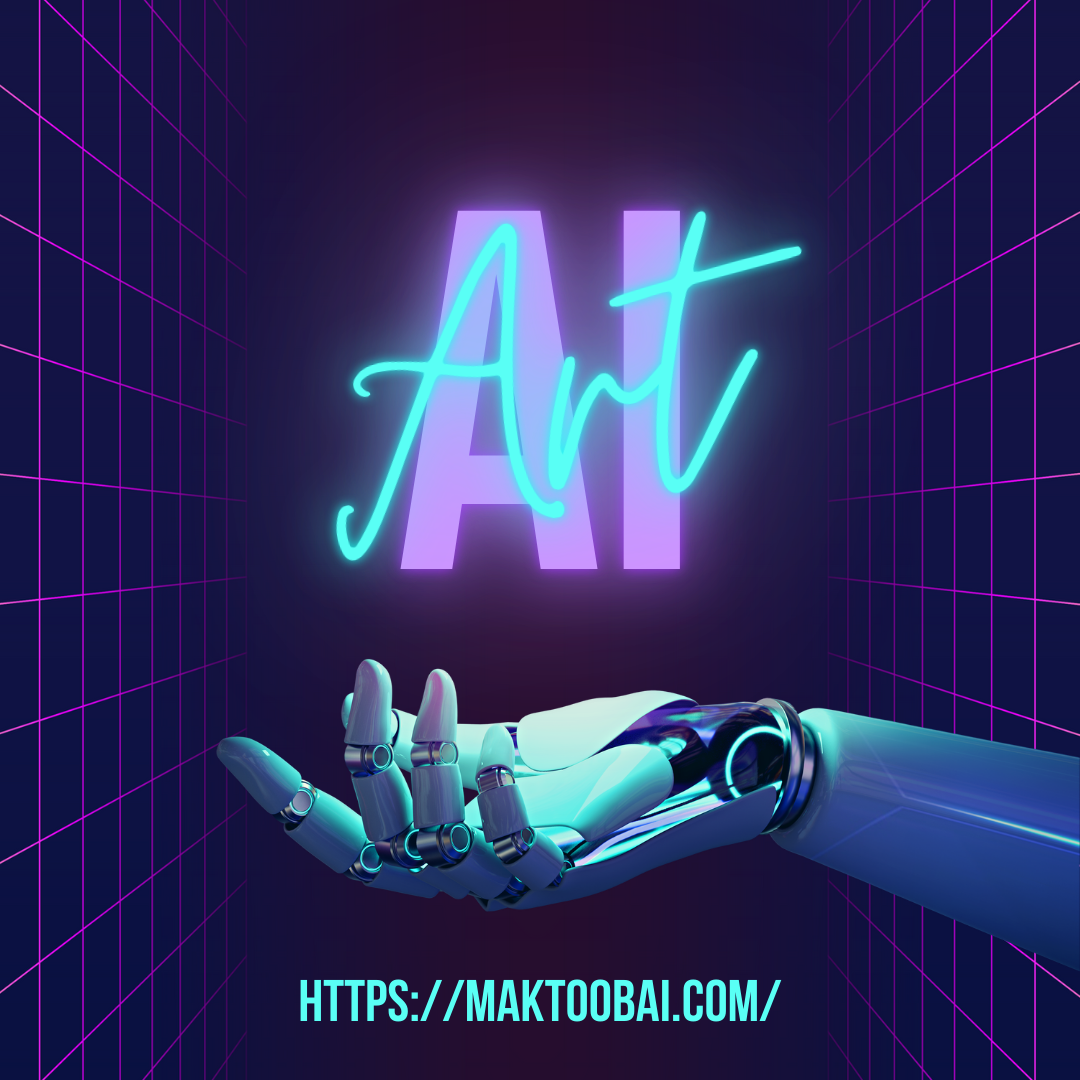Artificial Intelligence (AI) is transforming various sectors, and education, particularly STEM (Science, Technology, Engineering, and Mathematics), is no exception. AI has the potential to make STEM education more accessible, personalized, and engaging, allowing students to grasp complex concepts more effectively and educators to streamline their teaching processes. Here’s a look at how AI is revolutionizing STEM education and shaping the future of learning in these critical fields.
1. Personalized Learning Experiences
Traditional STEM education often follows a one-size-fits-all approach, with a standardized curriculum that may not address the unique learning needs of every student. Some students may excel, while others may struggle with certain concepts. AI changes this by enabling personalized learning experiences tailored to each student’s pace, strengths, and weaknesses.
AI-powered platforms such as Carnegie Learning and Knewton use machine learning algorithms to analyze student performance and adapt lessons accordingly. These platforms provide personalized exercises and problems based on a student’s learning patterns, offering targeted support where needed. Students struggling with specific areas can receive additional resources, while advanced students can move ahead to more challenging material.
Impact:
AI-driven personalized learning ensures that students progress at their own pace, making STEM subjects more accessible to all learners. This approach helps bridge knowledge gaps and keeps students engaged by offering content suited to their individual needs.
2. AI-Powered Virtual Labs
In STEM fields, hands-on experience and experimentation are critical for learning. However, physical labs can be expensive and resource-intensive, especially in schools with limited budgets. AI has paved the way for virtual labs, where students can simulate experiments and explore scientific concepts in a risk-free, cost-effective environment.
Platforms like Labster and PhET Interactive Simulations use AI and virtual reality (VR) to provide interactive STEM labs. Students can experiment with chemicals, build circuits, or explore biological processes without the limitations of traditional lab setups. These virtual labs also offer immediate feedback and detailed explanations of complex concepts, enhancing the learning process.
Impact:
AI-powered virtual labs democratize access to hands-on STEM education, allowing students from all backgrounds to engage in practical experimentation, regardless of their school’s resources.
3. Enhanced Problem-Solving Skills with AI Tutors
AI-driven tutoring systems, also known as intelligent tutoring systems (ITS), are becoming an integral part of STEM education. These systems use AI to provide one-on-one guidance, helping students work through complex problems step by step. AI tutors, such as Socratic by Google or ALEKS, offer real-time assistance in subjects like math, physics, and engineering, giving students instant feedback and explanations.
By analyzing student responses, AI tutors can identify where a student is struggling and offer targeted interventions. This level of personalized assistance helps students develop stronger problem-solving skills and a deeper understanding of STEM subjects.
Impact:
AI tutors empower students to tackle challenging STEM problems independently, promoting critical thinking and enhancing their ability to solve real-world issues.
4. AI in Coding and Computational Thinking Education
As coding becomes an essential skill in the 21st century, AI is playing a significant role in teaching students how to program and develop computational thinking. AI-driven platforms like CodeCombat and Tynker make learning to code fun and interactive, guiding students through challenges while teaching them programming concepts.
In addition to teaching coding, AI helps students develop computational thinking, which is crucial for problem-solving in STEM fields. AI platforms can analyze students’ code and provide real-time feedback, helping them debug errors and optimize their solutions.
Impact:
AI is making coding and computational thinking more accessible to students of all ages, equipping them with the skills necessary for success in a technology-driven world.
5. Data-Driven Insights for Teachers
STEM educators often face the challenge of assessing student progress and understanding where their students are struggling. AI provides data-driven insights that help teachers make informed decisions about their teaching strategies. AI tools like Edulastic and Civitas Learning gather and analyze student performance data, offering real-time insights into areas where students need additional support.
AI can also predict which students are at risk of falling behind based on their learning patterns. Teachers can then intervene early, providing targeted assistance to help students overcome challenges before they become too difficult to manage.
Impact:
With AI, teachers can use data-driven insights to personalize their instruction and address students’ needs more effectively, leading to better learning outcomes in STEM education.
6. AI-Enhanced Gamification for STEM Learning
Gamification, the use of game-like elements in learning, has proven to be an effective way to engage students in STEM education. AI enhances gamification by creating adaptive learning environments that adjust based on student performance. AI-powered learning platforms such as Kahoot! and Prodigy incorporate elements like points, badges, and rewards to motivate students to learn STEM concepts in a fun and interactive way.
These platforms use AI to adapt game difficulty and provide personalized challenges, keeping students engaged while ensuring they continue to learn at their own pace. Gamification makes STEM subjects, which can sometimes be intimidating, more approachable and enjoyable for students.
Impact:
AI-driven gamification motivates students to engage with STEM subjects more deeply, enhancing both their understanding and enjoyment of the material.
7. Bridging the Gap in STEM Accessibility
In many parts of the world, access to quality STEM education is limited due to a lack of resources, teachers, or facilities. AI is helping to bridge this gap by making high-quality STEM education available to students regardless of their location. AI-powered platforms and tools are accessible online, allowing students in remote areas or underfunded schools to benefit from personalized instruction, virtual labs, and AI tutors.
Additionally, AI tools can help overcome language barriers by offering real-time translation and language support, making STEM education more accessible to non-native speakers.
Impact:
AI is democratizing STEM education, providing access to quality learning resources for students in underserved regions and helping to level the playing field.
8. AI in Scientific Research Education
STEM education is not just about learning existing knowledge but also about fostering curiosity and the ability to conduct research. AI tools are being integrated into scientific research education, helping students learn how to collect, analyze, and interpret data. AI platforms such as IBM Watson and Google Cloud AI enable students to work with real-world data sets, apply machine learning algorithms, and develop models to solve scientific problems.
Students can learn how to use AI for tasks like predictive modeling, data analysis, and simulation, preparing them for careers in research and STEM fields that increasingly rely on AI.
Impact:
AI equips students with essential research skills, enabling them to engage in hands-on scientific inquiry and prepare for careers in AI-driven STEM fields.
Conclusion
AI is revolutionizing STEM education by making it more personalized, accessible, and interactive. From virtual labs and AI tutors to data-driven insights for teachers and gamification of learning, AI is enhancing every aspect of STEM education. As AI continues to advance, it will play an increasingly important role in preparing students for the challenges and opportunities of a technology-driven world, ensuring that they have the skills and knowledge necessary to thrive in STEM fields.


